Creating synthetic datasets using scikit-learn
Data Privacy and Anonymization in Python

Rebeca Gonzalez
Data engineer
Generating datasets with Scikit-learn
We can create datasets that sample from probability distributions
Such as the normal distribution
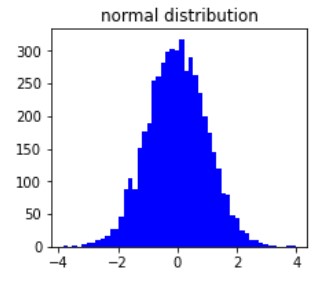
Normal distribution
Often occur in nature
- Heights
- Blood pressure
- IQ scores
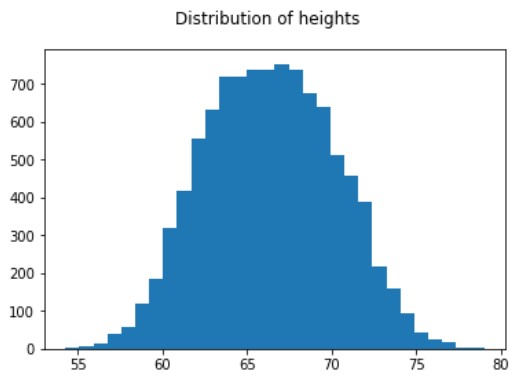
Sample from a normal distribution
import numpy as np# Create new pandas DataFrame new_measures = pd.DataFrame()# Selecting the mean/center values and the standard deviation of the sample mean = 65 standard_deviation = 2# Generating the sample new_measures['Height'] = np.random.normal(mean, standard_deviation, 10000)
Sample from a normal distribution
# Draw histogram to see the resulting heights distribution
new_measures['Height'].hist(bins=50)
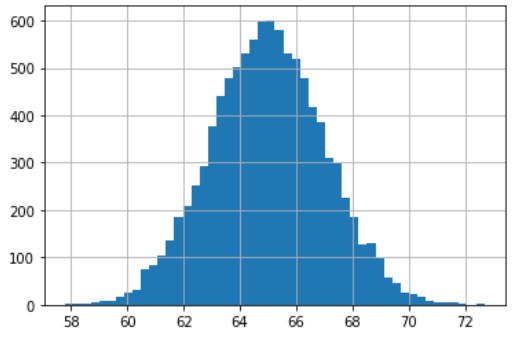
Creating datasets using scikit-learn
Scikit-learn has simple and easy-to-use functions for generating datasets to perform:
- Classification
- Clustering
- Regression
Synthetic data for classification and clustering
make_classification()
- It allocates normally-distributed clusters of points
- Can create correlated and uninformative features
make_blobs()
- Greater control regarding the centers and standard deviations of clusters
Synthetic data for classification
# Import make_classification from sklearn datasets module from sklearn.datasets import make_classification# Generate the samples and their labels x, y = make_classification(n_samples=1000,n_classes=2,n_informative=2,n_features=4,n_clusters_per_class=2,class_sep=1)
Synthetic data for classification
# See the generated data and labels
print(x.shape)
print(y.shape)
print(x)
(1000, 4)
(1000,)
[[ 1.22914870e+00 -2.62386795e+00 2.25878743e+00 2.55377055e+00]
[-1.10279812e+00 -1.15816087e+00 1.55571279e+00 7.80565898e-02]
[ 2.65581977e-03 -2.33278818e+00 2.37837858e+00 1.57533194e+00]
...
[ 4.51006972e-01 7.53435745e-01 -9.21597108e-01 -2.20659747e-01]
[ 5.31925876e-01 7.42210504e-01 -9.37625248e-01 -1.61488855e-01]
[ 1.62862108e+00 -2.72435345e+00 2.22562940e+00 2.87628246e+00]]
Synthetic data for classification
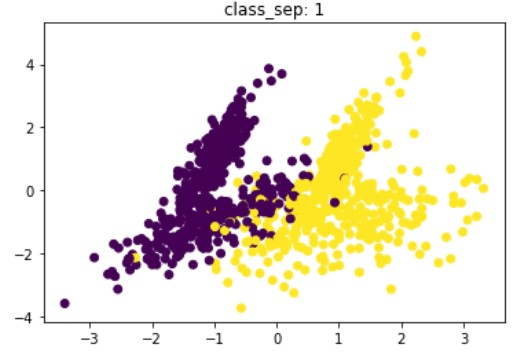
Synthetic data for classification
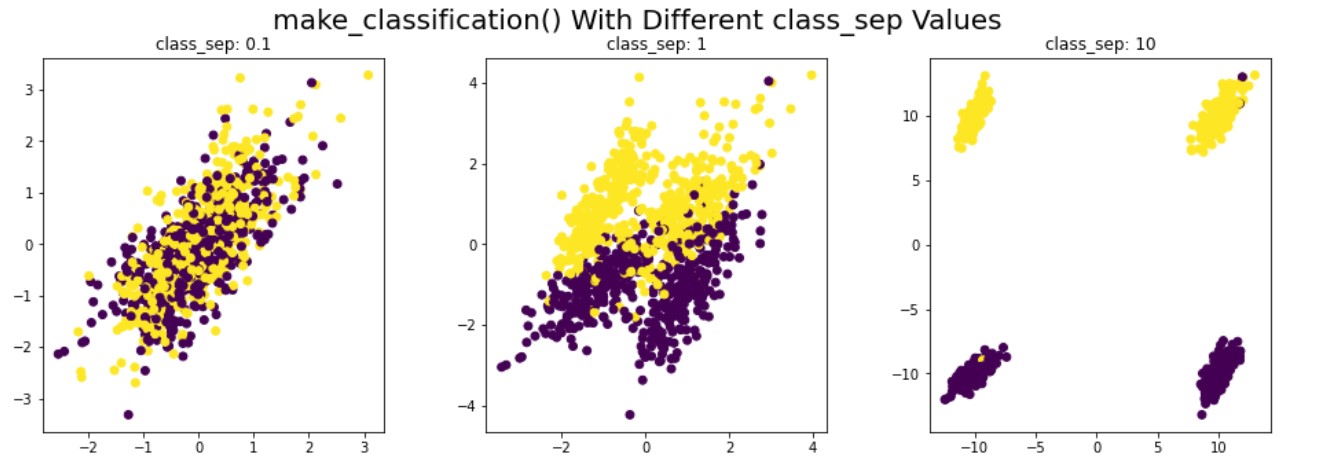
Synthetic data for clustering
# Import the datasets module for generating clustering datasets from sklearn.datasets import make_blobs# Specify a value for standard deviation standard_deviation = 1.5# Generate the data and labels of the dataset x, labels = make_blobs(n_features=3, centers=4, cluster_std=standard_deviation)# See the shape of the generated data print(x.shape)
(100, 3)
Synthetic data for clustering
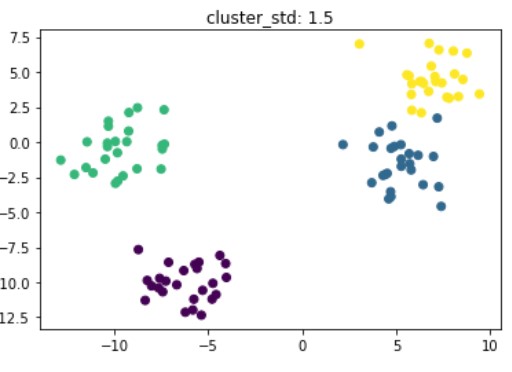
Synthetic data for clustering
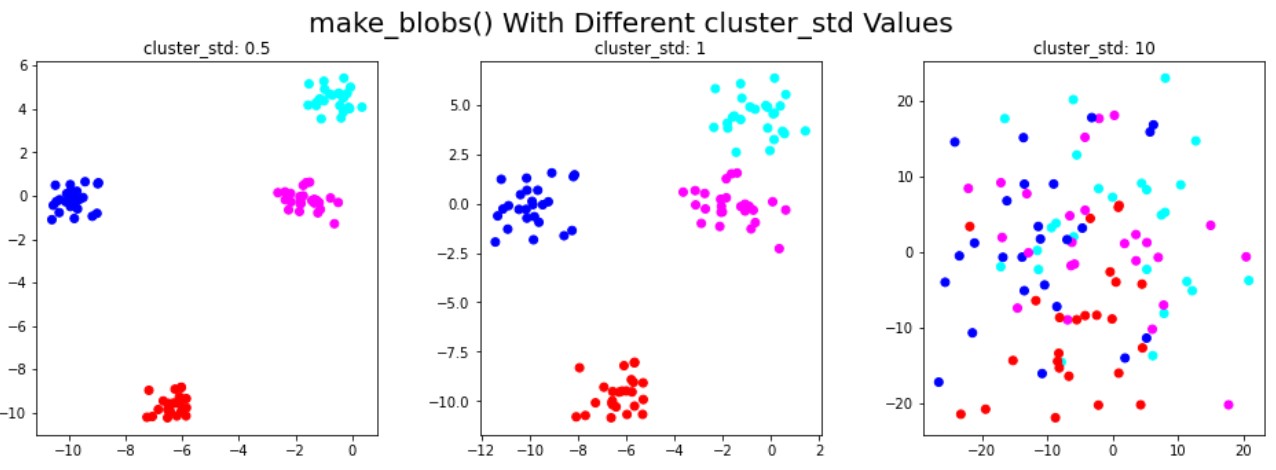
Let's practice!
Data Privacy and Anonymization in Python

